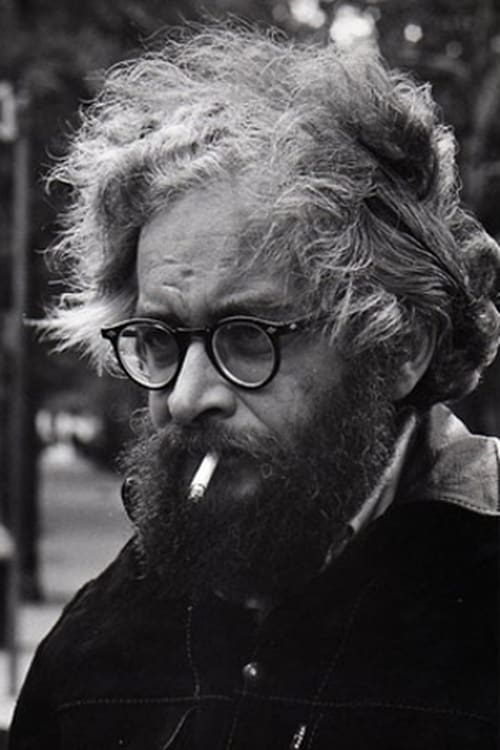No. 7: Color Study (1950)
Género : Animación
Tiempo de ejecución : 15M
Director : Harry Smith
Sinopsis
16 mm, color, silent, 5:25 or 15 min. "Optically printed Pythagoreanism in four movements supported on squares, circles, grillwork, and triangles with an interlude concerning an experiment."

16 mm, black & white and color, 2:16 or 6 min. Silent though possibly intended to be screened with Dizzy Gillespie's Manteca. The film starts with a color sequence showing Smith's painting Manteca (ca. 1950) with which he tried to subjectively depict Gillespie's song, every brushstroke representing a music note. The film concludes with black & white superimpositions.

Hand-painted 35 mm stock photographed in 16 mm, color, 2:15 or 10 min. Initially intended to be screened with and synchronized to Dizzy Gillespie's Algo Bueno. This film "takes place either inside the sun or in... Switzerland" according to Smith. To produce this film he used a technique that involved cutting stickers of the type used to reinforce the holes in 3-ring binder paper. These were applied to 16 mm movie film and used like a stencil. Layers of vaseline and paint were used to color each frame in this manner. The effect is hypnotic, psychedelic and is something like a visual music.

Hand-painted 35 mm stock photographed in 16 mm, color, silent, 2:20 or 5 min. Initially intended to be screened with and synchronized to Dizzy Gillespie's Manteca or Guarachi Guaro. "...the history of the geologic period reduced to orgasm length."

16 mm, color, 3:35 or 10 min. Study for No. 11. "An exposition of Buddhism and the Kaballah in the form of a collage. The final scene shows Agaric mushrooms growing on the moon while the Hero and Heroine row by on a cerebrum."

Begins with a three beat announcement drawn out in time which thereafter serves as a figure to divide the four sections. Each return of this figure is more condensed, and finally used in reverse to conclude the film.

A subversive experimental short against the ruling class.

Two short fragments resulting from experiments in controlling the mechanical development of the instrument.

Experimental short. 16 mm, color, silent, 2:30 or 6 min. Sequel to No. 4.

Live-action footage of canaries and beachgoers overlaid with hand-painted effects.

A story about the fight for power told with the help of simple graphics. The huge building, the huge column hall, one chair around the chairman's board table is empty. We observe the fight for that chair: little men run and fight, all tricks are allowed.

Street scene: Arch de Triumph.

The inauguration of Radio Vaticana, with Pope Pius XI and Guglielmo Marconi.

An animated short film from Stan Vanderbeek.

A parody of Bonnie and Clyde leads into a 'how to drive safely' film. Not to be confused with another 1973 film with the same title.

Pedestrians, carts and trams traffic, on Whitehall Street in New York.

A group of Macedonian women are shown hard at work.

Cut up animation and collage technique by Harry Smith synchronized to the jazz of Thelonious Monk's Mysterioso.

In GLORIA! Frampton juxtaposes nineteenth-century concerns with contemporary forms through the interfacing of a work of early cinema with a videographic display of textual material. These two formal components (the film and the texts) in turn relate to a nineteenth-century figure, Frampton's maternal grandmother, and to a twentieth-century one, her grandson (filmmaker Frampton himself). In attempting to recapture their relationship, GLORIA! becomes a somewhat comic, often touching meditation on death, on memory and on the power of image, music and text to resurrect the past.

1905 short film showing people walking down a Ljutomer street after mass.



